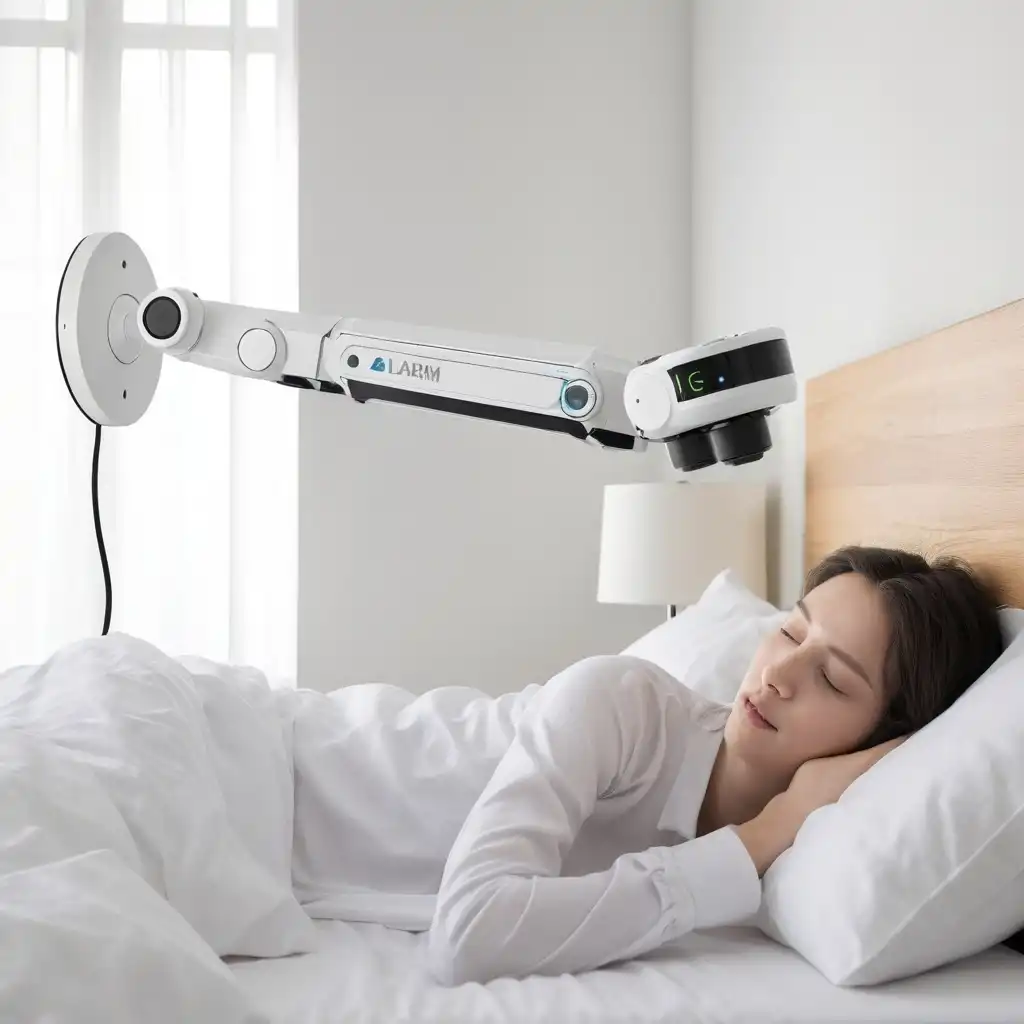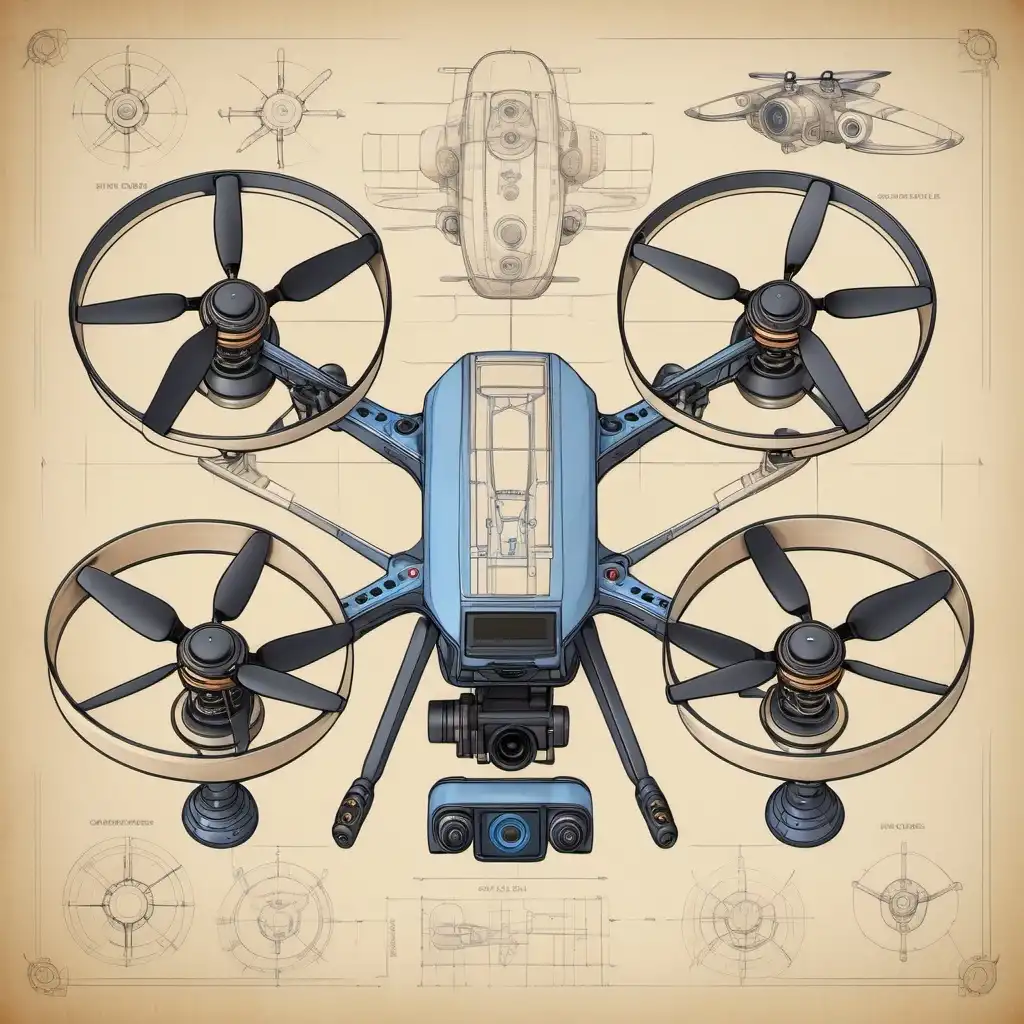图片提示词prompt
Robotic Alarm System Design Specifications
1. Core Components:
- Sensor Module:
Body Heat Sensor: Infrared sensor to detect body heat and track the user’s position on the bed.
Camera Module: High-resolution camera with night vision to identify the user’s location based on movement and positioning.
Sensor Fusion: Combination of the body heat sensor and camera to accurately determine the user’s location.
- Protruding Arm:
Actuator: Motor-driven extendable arm that can gently tap the user.
Material: Soft, flexible material for the tip to ensure gentle contact.
Reach: Adjustable length to cover different bed sizes or locations in the room.
Motion Control: Precision-controlled movement to avoid sudden or sharp movements.
- Wake-Up Mechanism:
Tapping Module: Mechanism that allows the arm to gently tap the user with varying intensities.
Adjustable Tapping Intensity: Configurable tapping force based on user preference.
- Control System:
Microcontroller: To process sensor data and control the actuator’s movement.
User Interface: Smartphone app or dedicated device to set alarm times and adjust wake-up settings.
Wireless Connectivity: Wi-Fi or Bluetooth for easy communication with the user’s smartphone.
2. Additional Features:
- Vibration Module: For users who prefer vibrations instead of tapping.
- Voice Assistant Integration: Integration with popular voice assistants (e.g., Google Assistant, Alexa) to set alarms via voice commands.
- Snooze Function: Extendable arm retracts and reactivates after a set interval if the user does not get up.
- Sleep Tracking: Uses the camera and sensor data to monitor sleep patterns and adjust the wake-up time based on sleep cycles.
机器人报警系统设计规范
1.核心部件:
-传感器模块:
体热传感器: 红外传感器,用于检测体热并跟踪用户在床上的位置。
摄像头模块: 具有夜视功能的高分辨率摄像头,可根据移动和定位来识别用户的位置。
传感器融合: 人体热传感器和摄像头的组合,以准确确定用户的位置。
-突出臂:
致动器: 电机驱动的可延伸臂,可以轻轻敲击用户。
材质: 软









